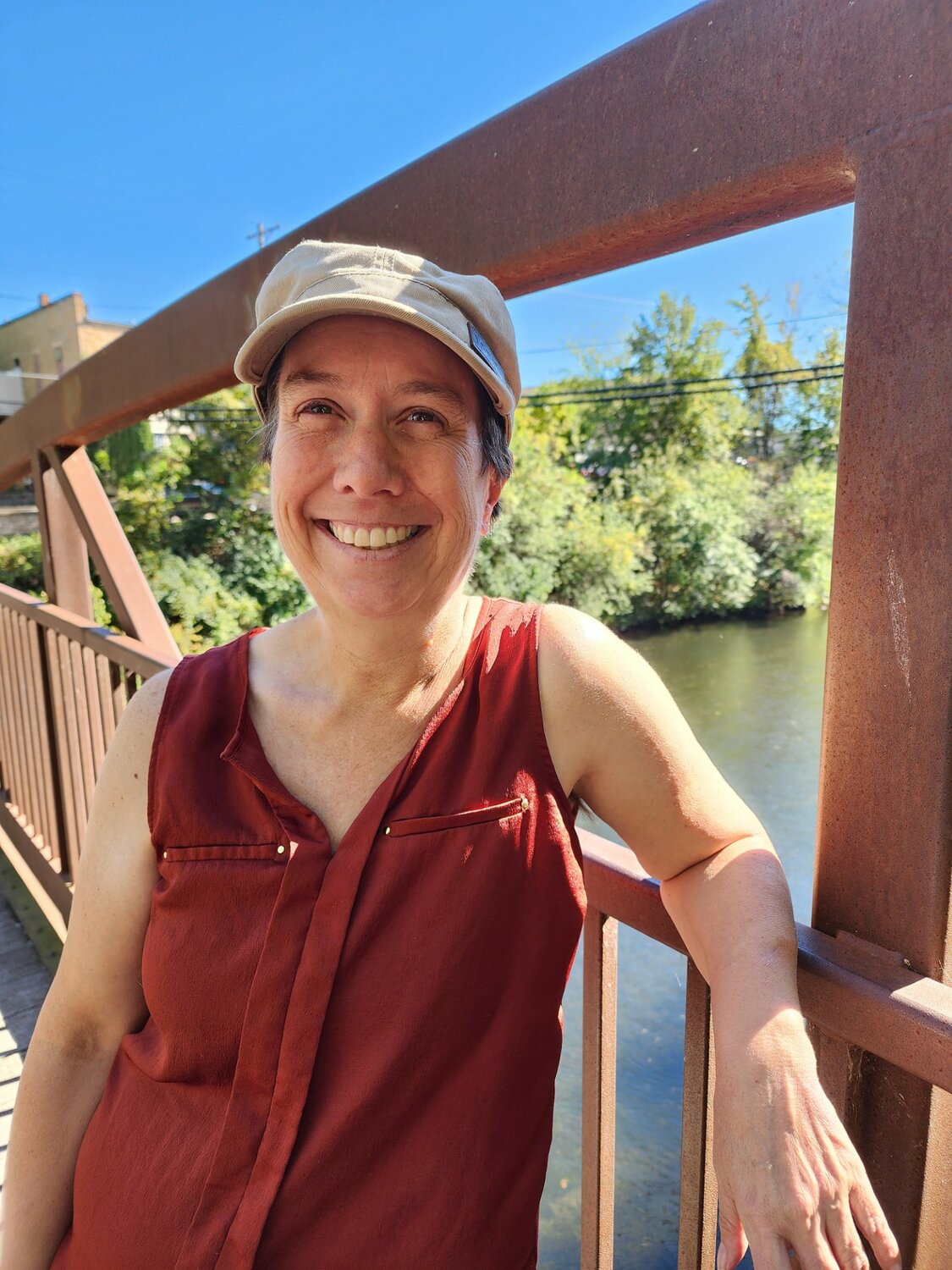By Robin Boles
In early February, I taught a session at the Green Skills Sampler called Sustainable Grocery Shopping. I’ve taught this class before through River Falls Community Education, local churches, and other private groups. I feel intimately familiar with the material after three years managing a food cooperative and I eat, daily in fact.
As I prepared my materials for this session, it occurred to me how much the grocery game is changing right in front of our eyes. Before the pandemic most center-store items, all those brightly colored packages in the middle aisles of the store, remained stable for long periods of time with only occasional, small price bumps. But the supply chain issues kicked off by the pandemic and perpetuated by other factors triggered an inflation spike the likes of which we have not seen since the late 1970’s.
By 2022, price stability had become a thing of the past. In the grocery industry, stores could barely keep up with the large number of price changes we had to process on a regular basis. Then, Russia invaded Ukraine in 2022 and set off another wave of supply issues and price increases.
Now, with more economic, health, security, and climate threats gathering like storm clouds on the horizon, one thing we can count on is grocery prices will continue to be volatile.
We all make the connection between sustainability and the environment. But sustainability plays a key role in many aspects of living a healthy and meaningful life: budget, diet, career, relationships, the list goes on. We need not look far to discover all kinds of ways that behaving more sustainably will have a positive impact on our lives. I find it encouraging that when I choose to act sustainably in one aspect of my life it often benefits my budget as well. Especially when it comes to food.
When we examine sustainability as it relates to our food system, it becomes clear there are a lot of factors to take into consideration: from carbon emissions to food waste; from packaging to processed foods; from meat and industrial food production to small, local farms and producers; and that doesn’t even account for non-edible products like cosmetics, cleaners, and the plethora of disposable products at our disposal.
So, where does a person start? I say, Buy Local!
If I had to pick only one behavior modification for shopping sustainably, without a doubt shopping locally would be my choice. This one’s a no-brainer for me and even beats out organic (if I could only pick one) because so much can be accomplished through this one simple act.
When we purchase locally produced food, we reduce the miles it must travel to get to us. Less miles means less greenhouse gas emissions, less fuel consumption, less air pollution from exhaust, and less food waste because the food is fresher when it becomes available to the consumer.
Fruits and vegetables specifically add increasing layers of stress to the system the further a product must travel. In many cases, produce is picked before it is ripe, then it must be preserved and artificially ripened using climate control or exposure to certain gases or both to survive the journey and still appear desirable once it hits the grocery store shelf. But here’s the rub, to be purchased, it only has to appear desirable. These transportation-friendly interventions rob our produce of nutrients and flavor, so while a tomato that travelled from California may look great, it certainly doesn’t taste great.
Additionally, local farms and local food producers employ local people. People who could be our family, friends, and neighbors. This means the money you spend on locally produced food helps to pay the wages of people in your community, fortifying a healthy local economy.
Shopping locally keeps your valuable grocery dollars in your community instead of landing in some shareholder’s pocket.
Purchasing directly from a local farmer also closes the circle on accountability. If the food I purchase from my local farmer is of poor quality or makes me ill, I know who to contact. When I buy from a corporation, I’ve got no recourse, which means they have no accountability. Further my neighbor is more inclined to sell a product of higher quality locally because they feel a personal connection and obligation to their community.
Further, purchasing locally can be a great tactic for saving money in this erratic grocery climate. Take oats for example. After Russia invaded Ukraine, the oats sold in the cardboard can on every conventional grocery store shelf in America more than doubled in price. Because they purchase their oats from Whole Grain Milling Company located in Welcome, Minn., the price of the oats at our local food co-op has remained stable since before the war.
Purchasing locally also helped the co-op keep their shelves full during the pandemic, offering flexibility in purchasing options when national and brand name products weren’t available.
Contrary to how it sounds, this is not just an advertisement for the co-op. Though they do make a concerted effort to carry as many local products as possible, you can also buy local products from your regular grocery store. We live in a region with a wide array of food producers, and you can purchase their products in many locations.
With a little research you can learn who produces food right here in our own backyard and where the foods you love travel from. The food packaging itself will provide the distributor’s location in addition to the nutritional information. And those annoying stickers on every piece of produce should tell you where it was grown.
Regardless of where you buy your groceries, please consider purchasing more local food products, both farm raised and locally produced. The more we purchase from local food providers, the stronger we make our local food system. The stronger we can make our local food system, the more resilient it will be during times of crisis.
Events:
If you’re interested in learning more or joining the conversation, I’ll be leading a discussion about shopping sustainably at the UWRF Sustainability Brown Bag Lunch Series on Monday, March 3.
Sustainability Brown Bag Series – Noon to 1 p.m. Campus and community members are invited to join us in UC Willow River Room, #334 or virtually. Contact sustainability@uwrf.edu for the virtual link.
- Monday, March 3 – Sustainable Grocery Shopping: Habits to Benefit your Wallet & the Planet.
- Wednesday, April 9 – Backyard Composting
Sustainability Speakers Series – 6:30 pm in person at RF Public Library and also live streamed via their Facebook and YouTube page.
- March 6 – Forager Chef Alan Bergo
- April 17 – Rebecca Kolls – Sex in the Garden
- May 1 – Diana Alfuth – Climate Resilient Yards
Earth Day Campus Cleanup & Pizza Party – Tuesday, April 22 at 4:30 p.m.
Earth Fest – Saturday, April 26 from noon to 4 p.m. at UWRF University Center.
Keywords
Sustainability Matters,
Robin Boles,
sustainable grocery shopping,
local foods,
column

